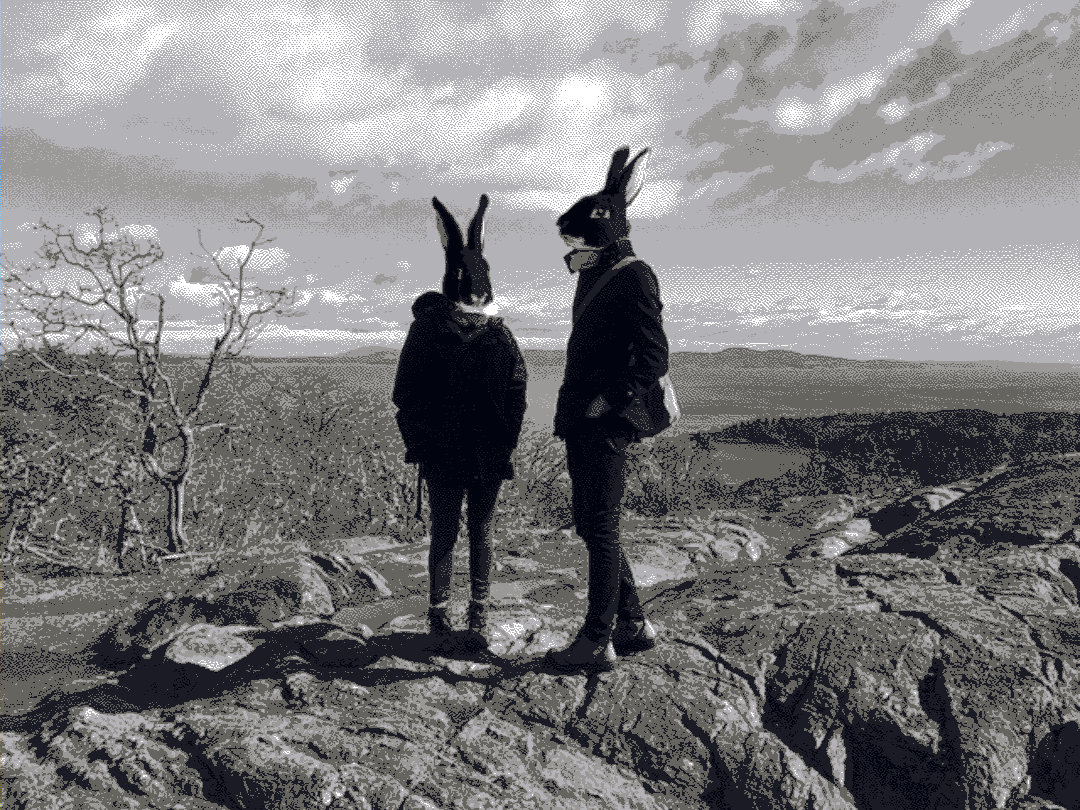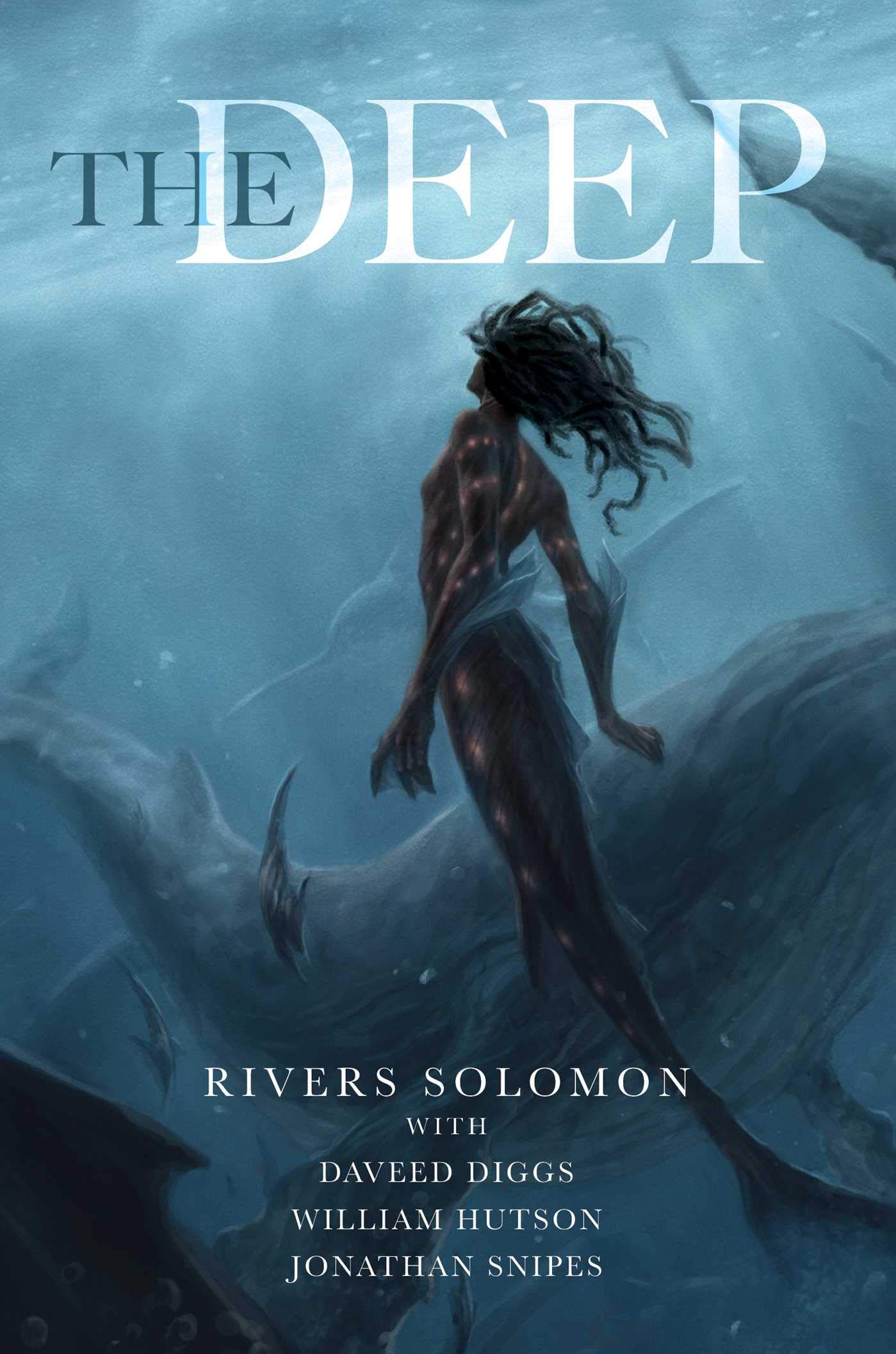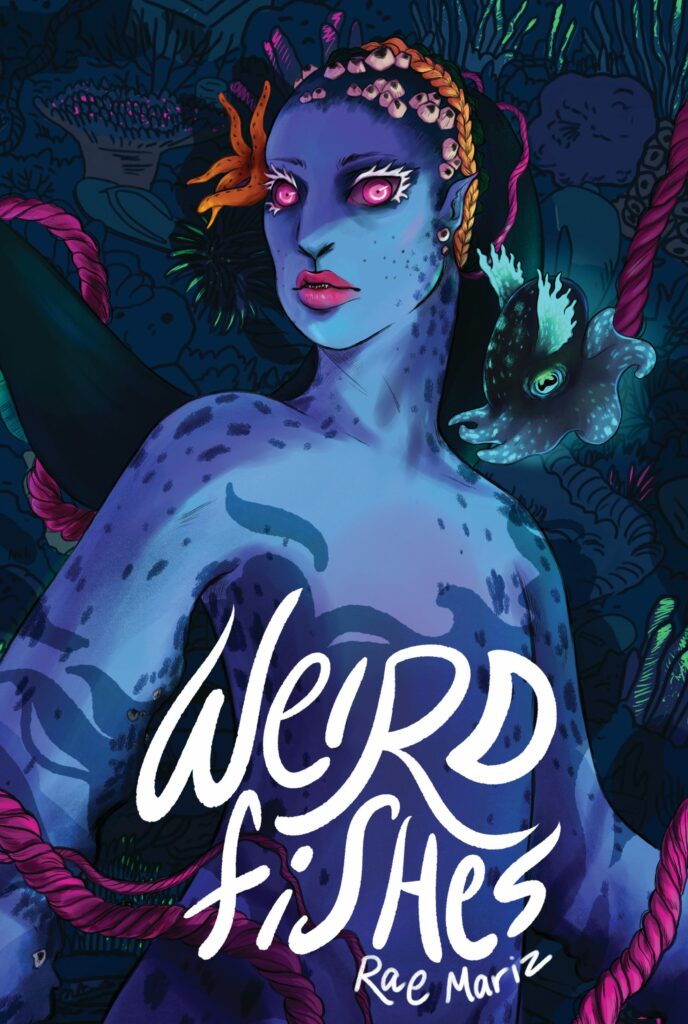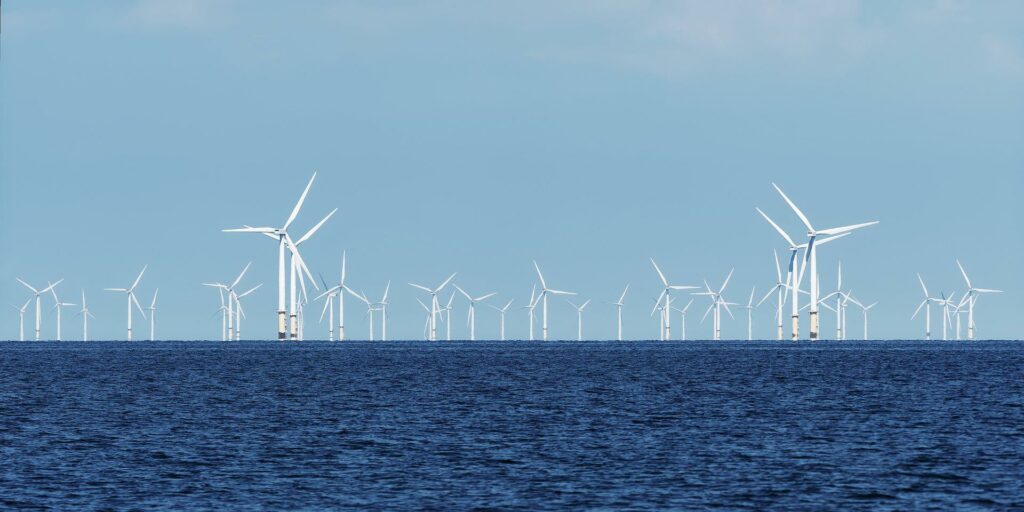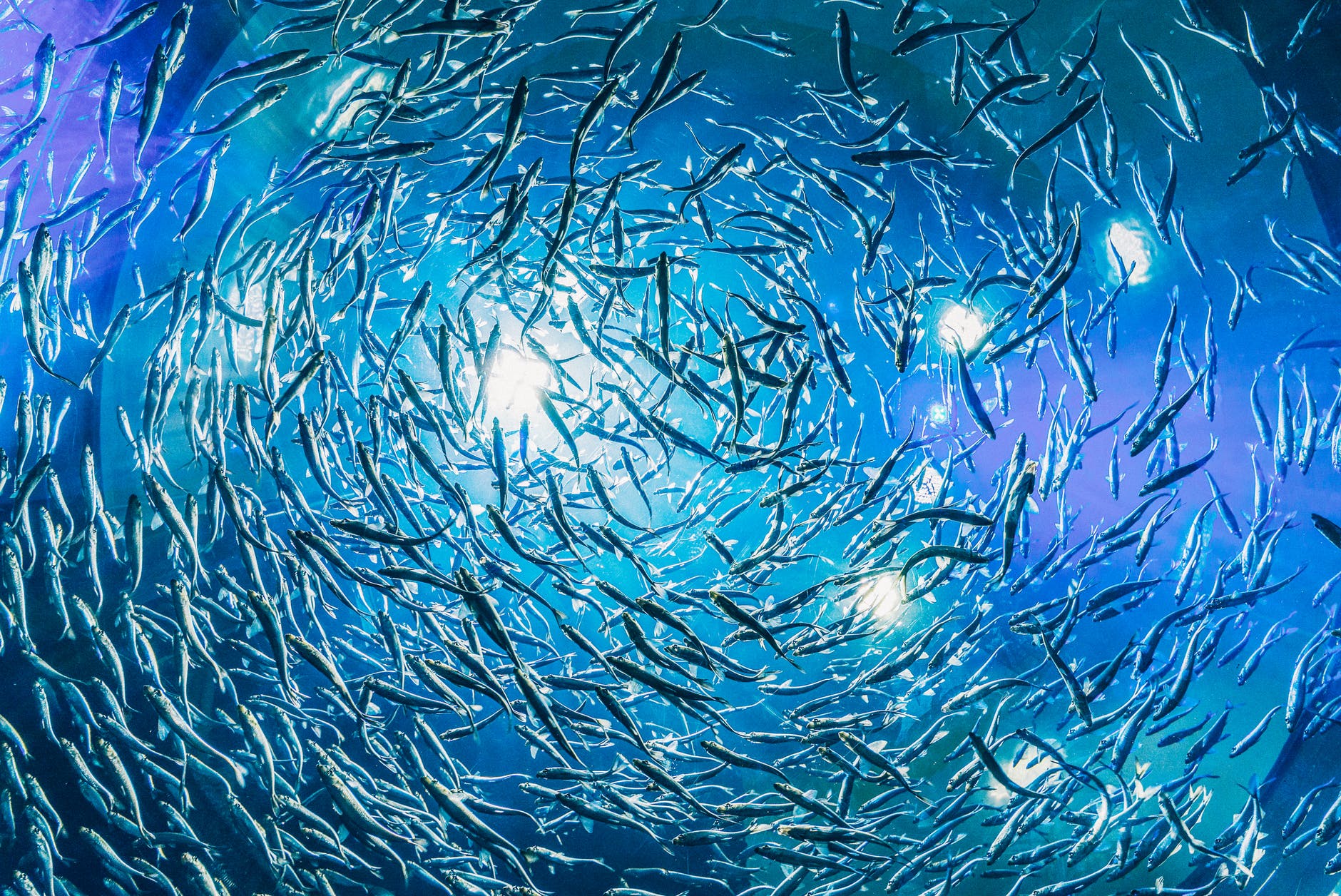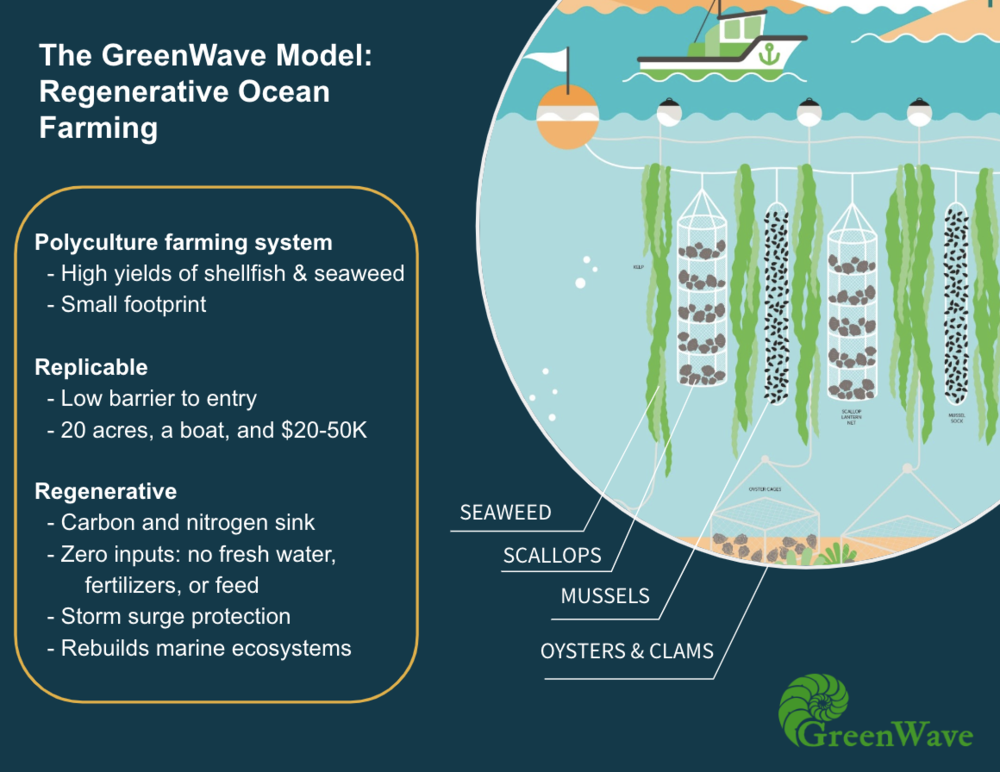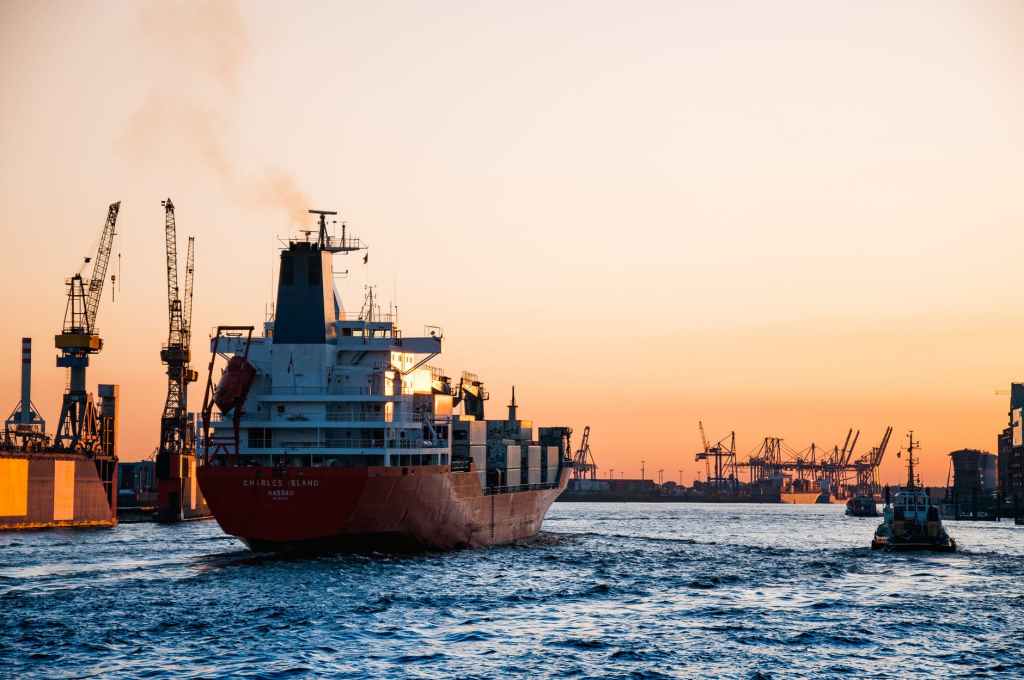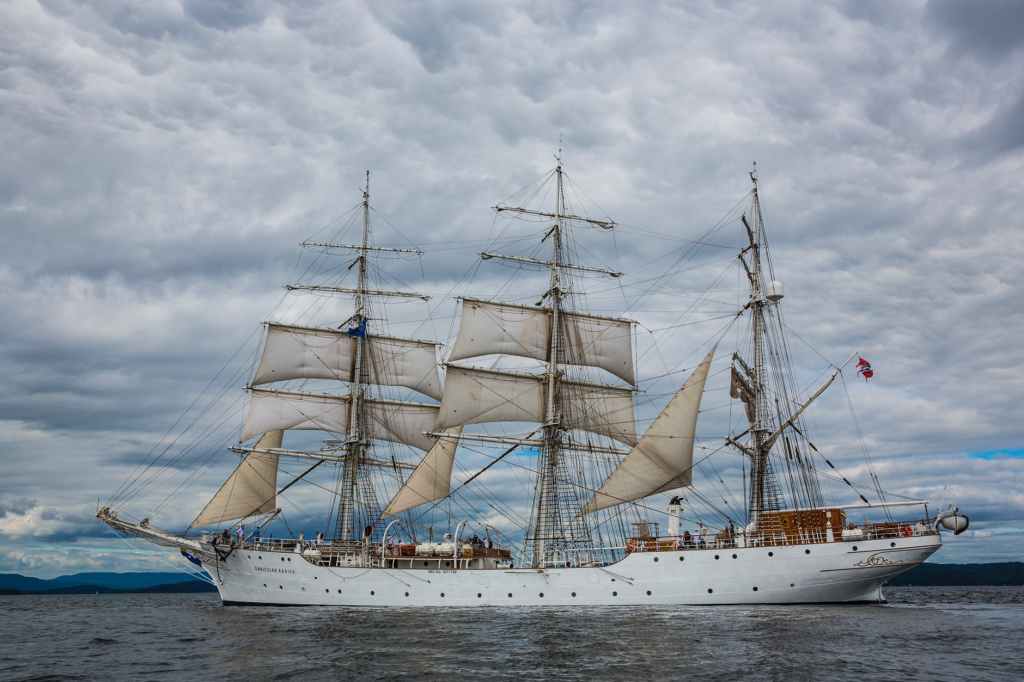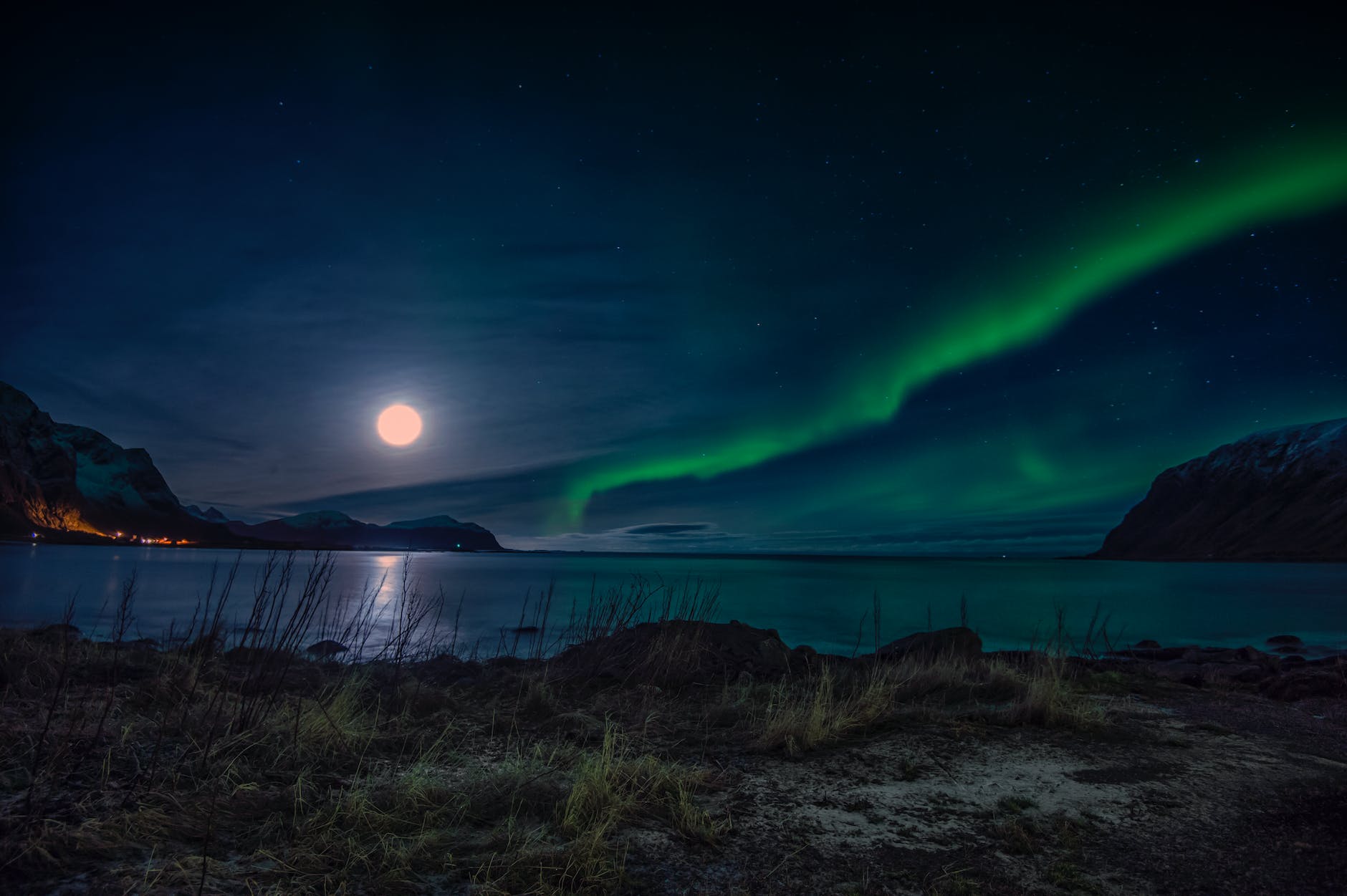
We’ve talked about solarpunk, lunarpunk, and tidalpunk a great deal here, and one question I hear repeated is whether we need three different subgenres or if there are sharp distinctions between them at all. For me, solarpunk, lunarpunk, and tidalpunk each embody the same values of ecology and equity while expressing them in their own way. They are parts of an ecosystem and reliant on each other.
When I found solarpunk, I loved how the movement embraced both the scientific and the spiritual. Neither one was superior. They both informed the other to come to a greater understanding of the world around us and how to make it a better place. Science without spirituality* becomes the fuel for cold, capitalistic domination of nature, and spirituality without science can lead to superstition and bigotry. When we combine both, we get something that’s better than the sum of its parts.
Lunarpunk foregrounds spirituality and the inner work we do to build a better world. Solarpunk focuses on the application of societal arrangements and appropriate technology to approach the climate crisis. Tidalpunk reminds us that while we might inhabit every corner of the land, three quarters of the Earth’s surface is simultaneously alien and the home we left behind.
Because one person’s utopia is another’s dystopia, solarpunk is sometimes described as optopia: “the best possible place we can create given the circumstances.” One way we do this is by working together to cover for each other’s weaknesses and to enhance each other’s strengths. Pluralism, or everyone having their own perspective respected even when in contradiction, is something I feel is critical for solarpunks. Marisol de la Cadena goes further with the concept of uncommons, wherein “participant entities may become into commonality without becoming the same.”
In the spirit of uncommons, this year we’ll have several contributors presenting their own experiences with solarpunk/lunarpunk and the spiritual. As we present this series, keep in mind that we will not be encompassing all possible ways of how spirituality interacts with solarpunk, lunarpunk, and tidalpunk, but rather our own small facets of a greater whole.
* I’m defining spirituality here as all the squishy and difficult to define things that make us human. This includes the paths followed by atheists, pagans, Abrahamists, Buddhists, Zoroastrians, and everybody else.
